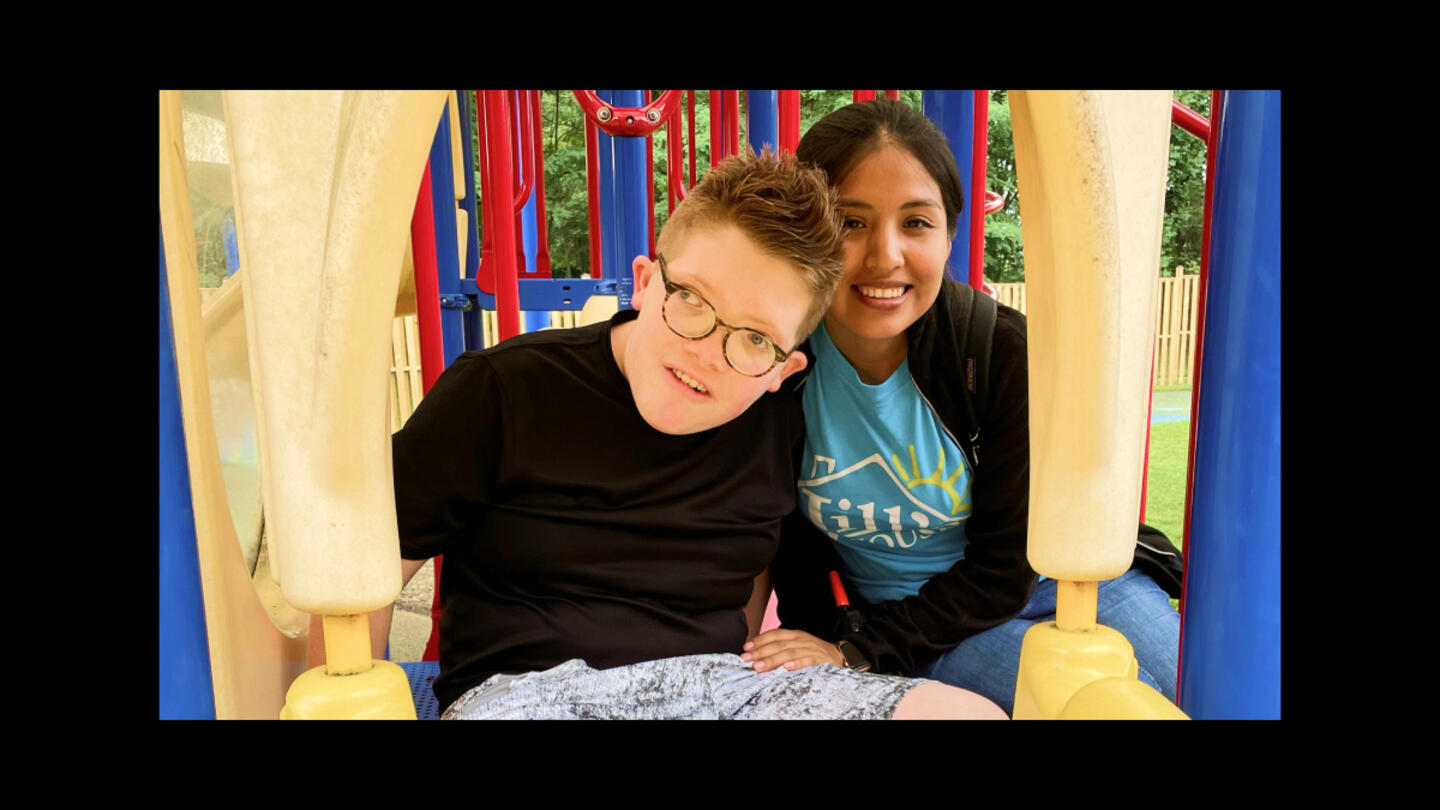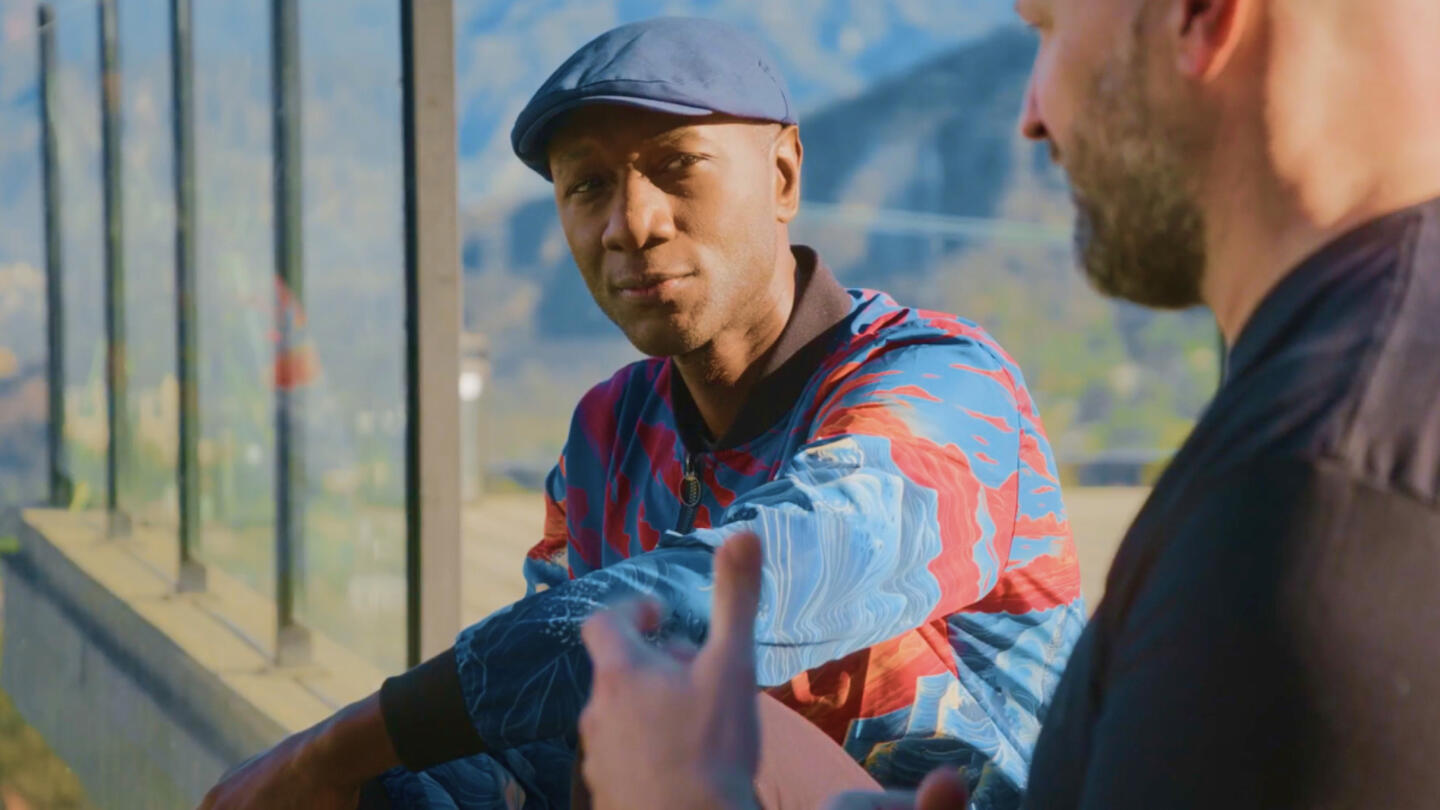How do nonprofits measure success? For those working in the nonprofit world, it can be notoriously tricky.
For many years, the solution has been to measure inputs and outputs – money spent, beds used, meals served, coats donated, etc.
"Philanthropy has been fine accepting good intentions, thinking, 'Hey, this is the sector where we can't measure outcomes,'" says Evan Feinberg, executive director of Stand Together Foundation. "This is just about trying to do good as we understand it."
But this way of measuring outcomes presents a glaring problem: "If you measure inputs and outputs, you're only measuring how much of the problem you're managing, not how much value you have created," Feinberg says.
Many have realized this problem, and it's given rise to new methods of philanthropy, such as "effective altruism" or "evidence-based philanthropy." These approaches focus on using scientific studies to measure the statistical outcomes of nonprofit organizations.
"Rigorous evaluation of nonprofit effectiveness is a worthwhile goal," Feinberg explains. "But these methods aren't really helping. They fail to see people as individuals and treat nonprofit organizations like they deliver a clinical health care regimen. Instead of encouraging innovation and discovery, they force conformity to whatever the so-called evidence-based standard is."
Inspired in part by Joseph Cantril's 1965 Self-Anchoring Striving Scale, which positions individuals' life satisfaction levels along a "ladder" of increasing fulfillment, Feinberg and his colleagues at Stand Together Foundation began to devise various survey instruments to help measure customer well-being and transformation, ranging from a 3 question survey for nonprofits to deploy quickly to a 115 question survey that could be deployed across an entire city.
What they've ended up with now is an entirely new way of measuring impact amongst nonprofit organizations — one that puts individuals first.
Successful nonprofit organizations' revenue is growing. Their effectiveness isn't.
The nonprofit sector is one of the fastest growing in America. Employment in the nonprofit sector has grown by 33% in the past 15 years, as compared to just 9% in the private sector. Currently, the nonprofit industry is the second largest employer in the U.S.
However, reported results aren't keeping pace with the amount of funding pouring in — largely because the metrics nonprofits use to measure impact are inherently flawed.
"The average nonprofit is creating value for people, but when you abstract it, it makes it look like they're only getting a little bit of value for a lot of people," Feinberg says. "Likely, it creates a ton of value for some people, probably negative value for other people, and for some people there is no value. They've tried to fill the gap with blunt force tools of abstract measure, but they're stifling innovation and construction."
The social sector is geared to help citizens rise to their potential, but that impact is losing steam. Despite good intentions, Feinberg says, nonprofit leaders continue to rely on the same failed strategies and don't examine how those strategies transform lives.
For instance, the poverty rate has hardly budged since the late 1960s, despite annual public spending of $1 trillion and at least $50 billion in annual private donations to human services charities." Arnold Ventures, a philanthropy that focuses on evidence-based giving, examined over 3,000 U.S. nonprofit programs and found that only 14 could be considered "top-tier."
The definition of success for nonprofits is tied to "output," meaning services or goods delivered. This doesn't minimize poverty or empower people. Poverty is seen as a problem to solve instead of an opportunity for lasting change. The focus is on making poverty easier to endure, rather than equipping people with the tools for transformation.
"If you ask the average nonprofit, they tell us over and over again, they're playing one game with donors to prove value while managing their organization with different considerations, measures and tools," Feinberg says. "You've got a broken social economy, and there's a need to think differently."
Sign up for the Strong & Safe Communities newsletter for stories, ideas, and advice from changemakers working with their neighbors to address the biggest problems we face.
Nonprofit impact should be measured through human value, not just statistics
The solution? Think of nonprofits as customer service organizations, and put the customer first.
It may sound minimizing at first, but nonprofits ultimately are customer service organizations — just with far more noble and urgent services than most other customer service-facing businesses
"The social sector is not the first sector to ever have to deal with the question of, 'How do I measure value when I don't have an immediate profit or price signal?'," Feinberg says. "Tech companies pre-revenue, customer service businesses that need future subscription renewals — there are lots of companies in the customer service business that have been forced to figure out, 'How do I measure customer value to know whether I'm creating superior value?' Human service nonprofits are just a type of customer service business. And what those businesses knew better than anyone, is that the customer knows best."
Within this framework, feedback from the customers themselves on what's working and what's not is the most important intel to have. This flips traditional indicators on their head: rather than measuring the value an organization is creating in terms of transactional services offered, it's measuring the transformation of people's lives they serve. This is what Stand Together Foundation is focused most on with the Net Transformation Score™.
"When we go to nonprofits in our Catalyst Community and use these metrics, they score dramatically better on things that you would expect transformative nonprofits to score better on," Feinberg says.
To create these metrics, Stand Together Foundation went around the country and selected hundreds of successful nonprofits to test this set of questions on. They saw that their expectations were correct, and that the measures reinforced that these organizations were resulting in increased life satisfaction and fulfillment amongst their beneficiaries.
"The hard measure of whether someone gets a job or makes more money is important, and might sound more important than subjective measures," Feinberg says. "But our data is already showing a positive correlation between people who say they've had a positive, transformative experience with a nonprofit and those who say they are living their best life and feel empowered to overcome barriers."
Looking forward: a new model of nonprofit success for the entire philanthropic industry
Stand Together Foundation's alternative, human-focused metrics provides hope that customer-first measurement will grow into the nonprofit industry standard across the U.S. This could result in a self-reinforcing cycle: the more organizations use them, the stronger and more effective these metrics will become.
"If one nonprofit says, 'How empowered do you feel to overcome barriers in your life?' it might be wishy-washy," Feinberg says. "When thousands of nonprofits start using that same measure, it becomes meaningful."
This isn't just an internal Stand Together Foundation measurement. Stand Together Foundation makes it available for all other philanthropic organizations.
"We want nonprofits to use these measures, philanthropists to use these measures, and individuals experiencing social barriers to use these measures to make better decisions of where to go to seek help and support," Feinberg says. "The last is the most important. When you align all three of those, that's when the real magic happens."
***
Stand Together Foundation partners with more than 320 of the nation's most transformative nonprofits to break the cycle of poverty.
Learn more about Stand Together’s efforts to build strong and safe communities and explore ways you can partner with us.

At this ‘resort,’ children with intellectual disabilities are seen as gifts to be celebrated and loved.

Veterans experience loss when leaving service. Could this be key to understanding their mental health?

The Grammy-nominated artist is highlighting the stories we don’t get to hear every day.

With his latest project, Blacc isn’t just amplifying stories — he’s stepping into them
